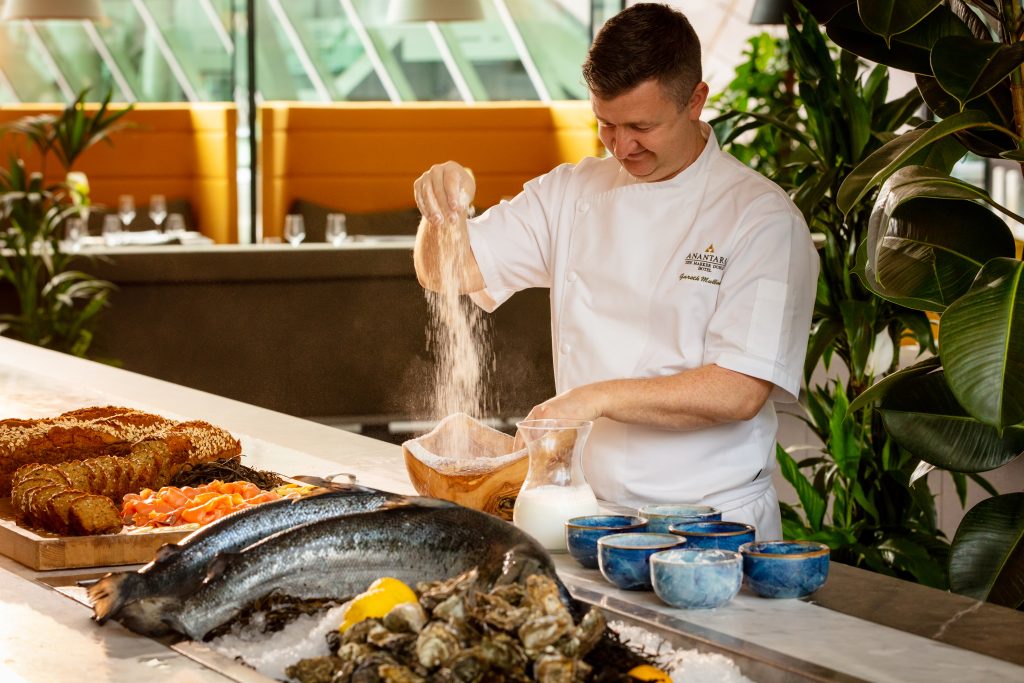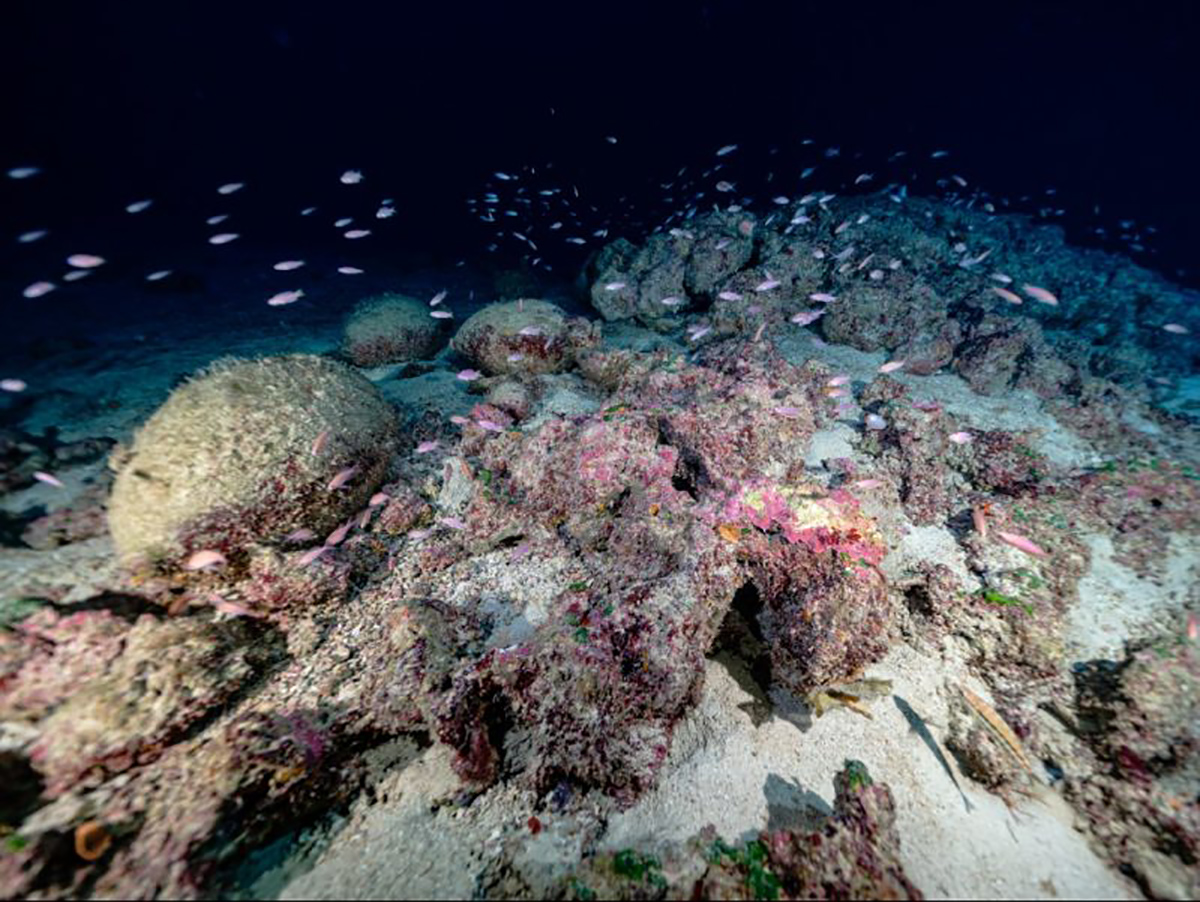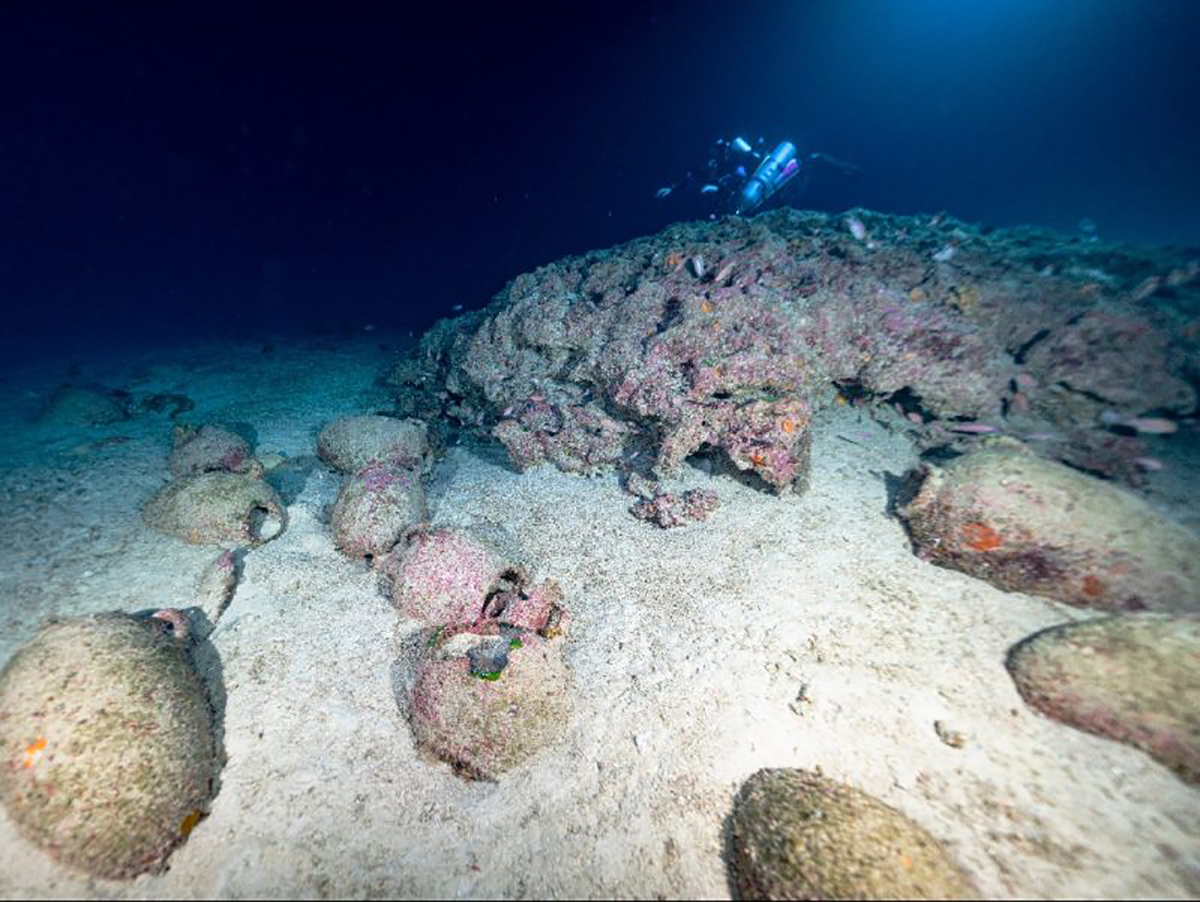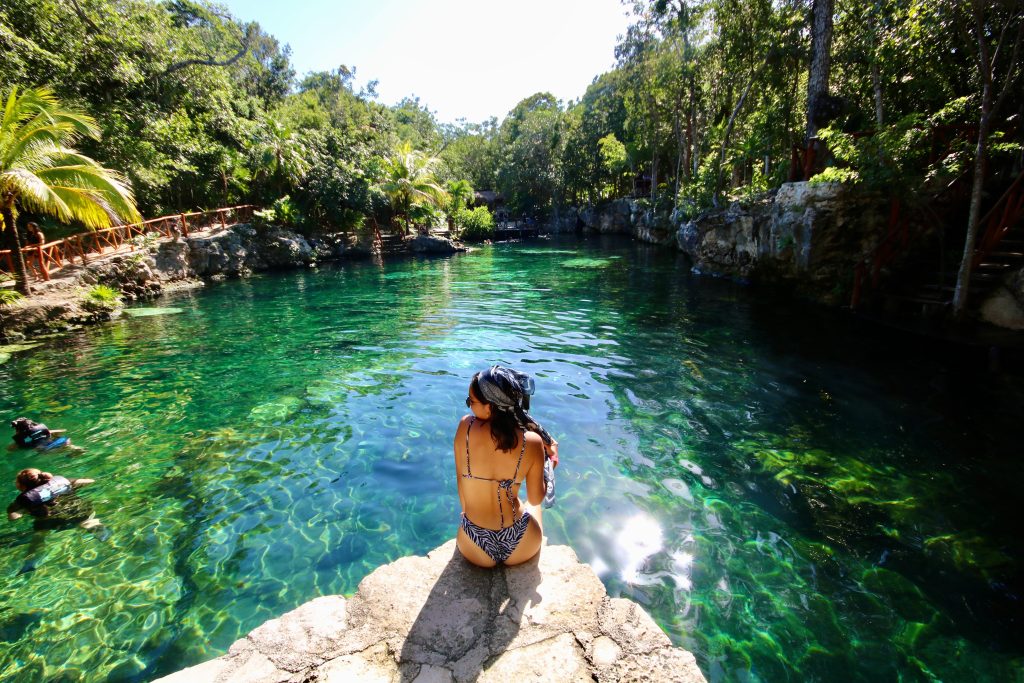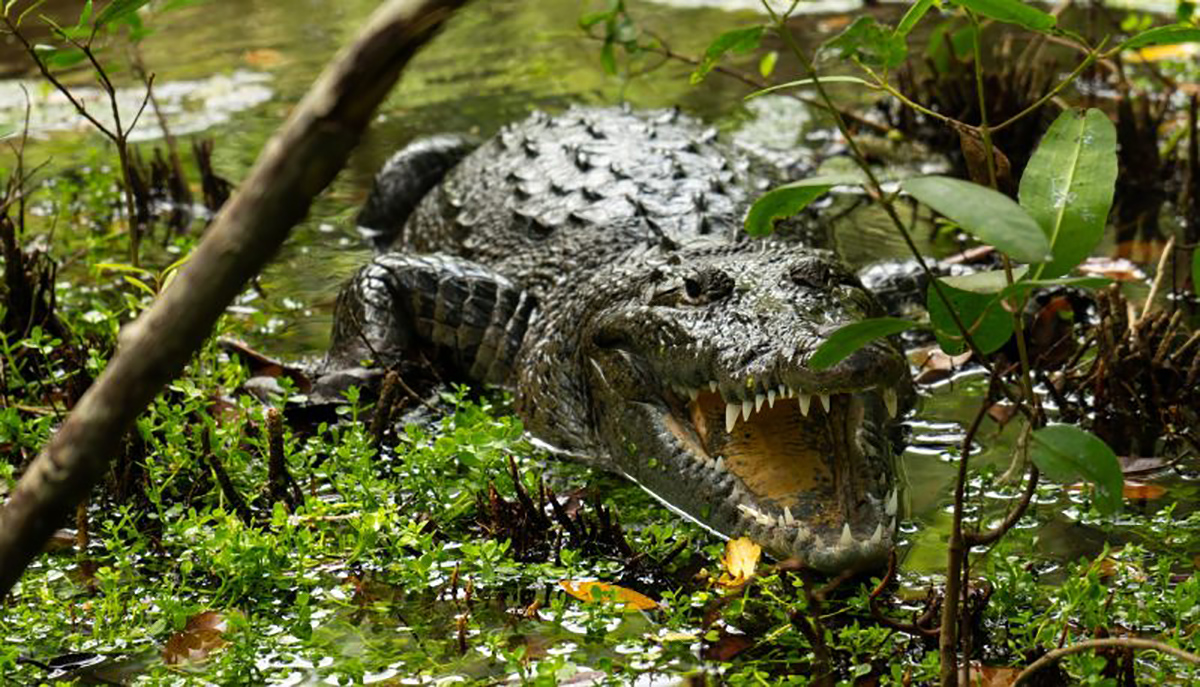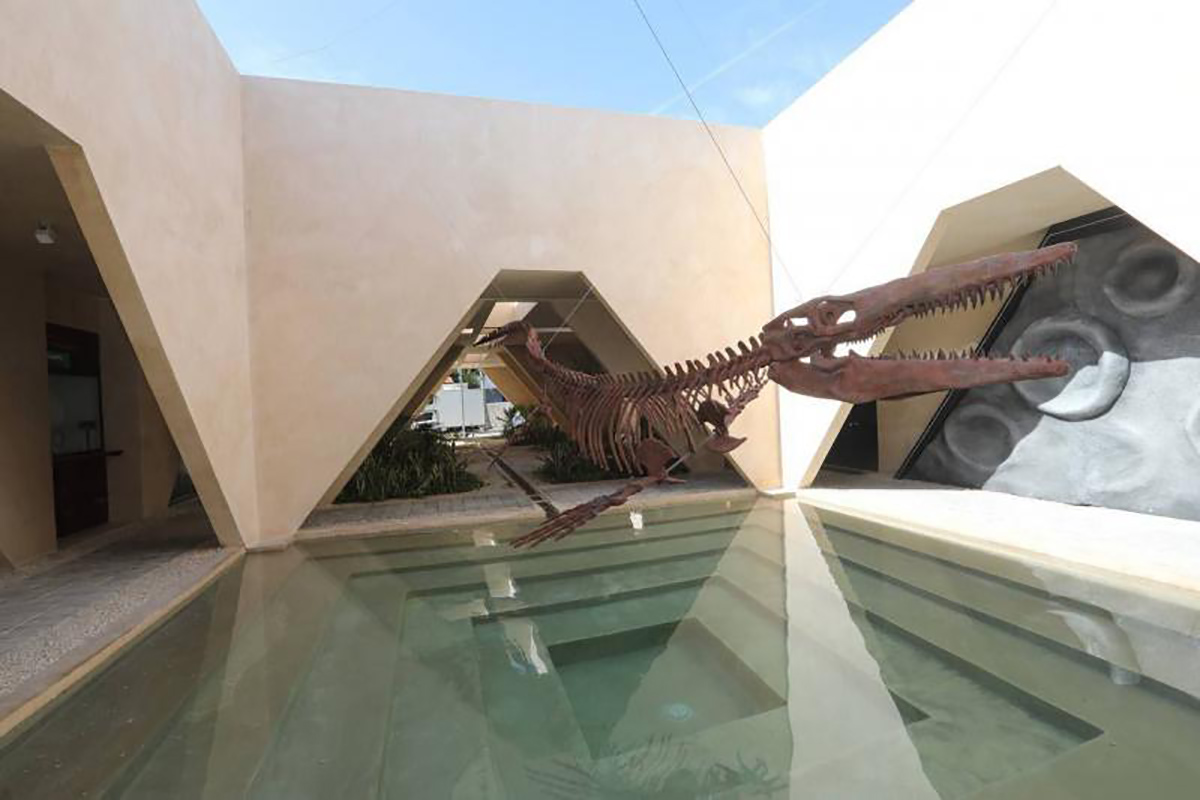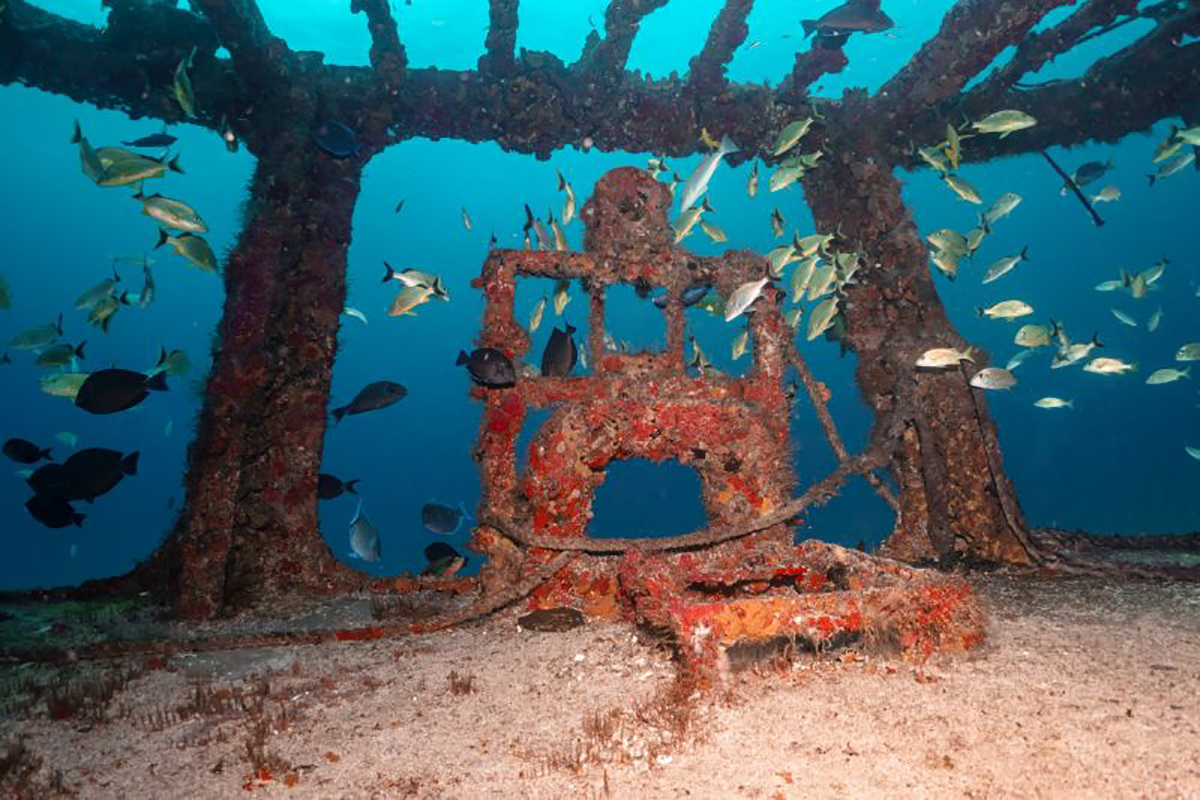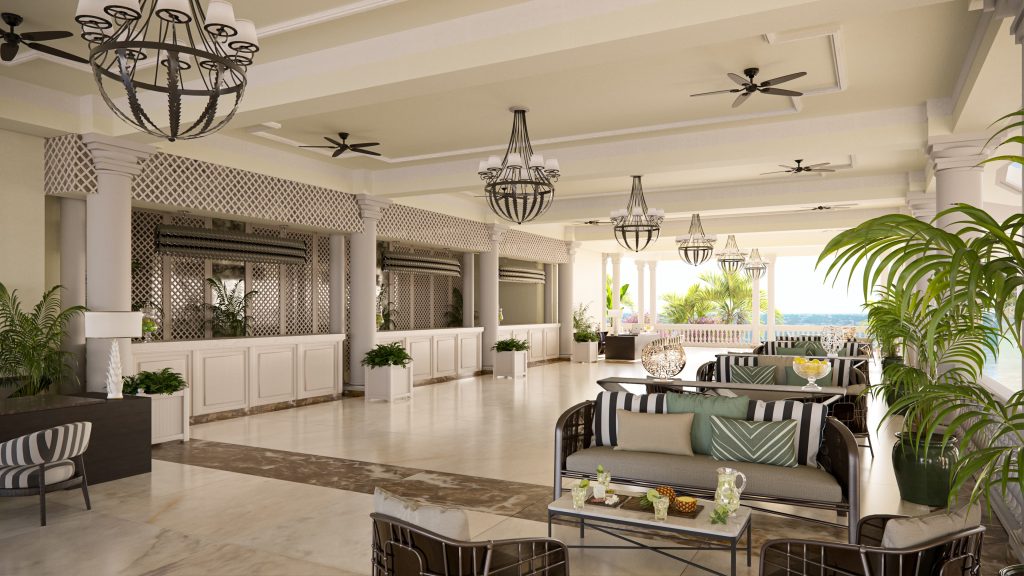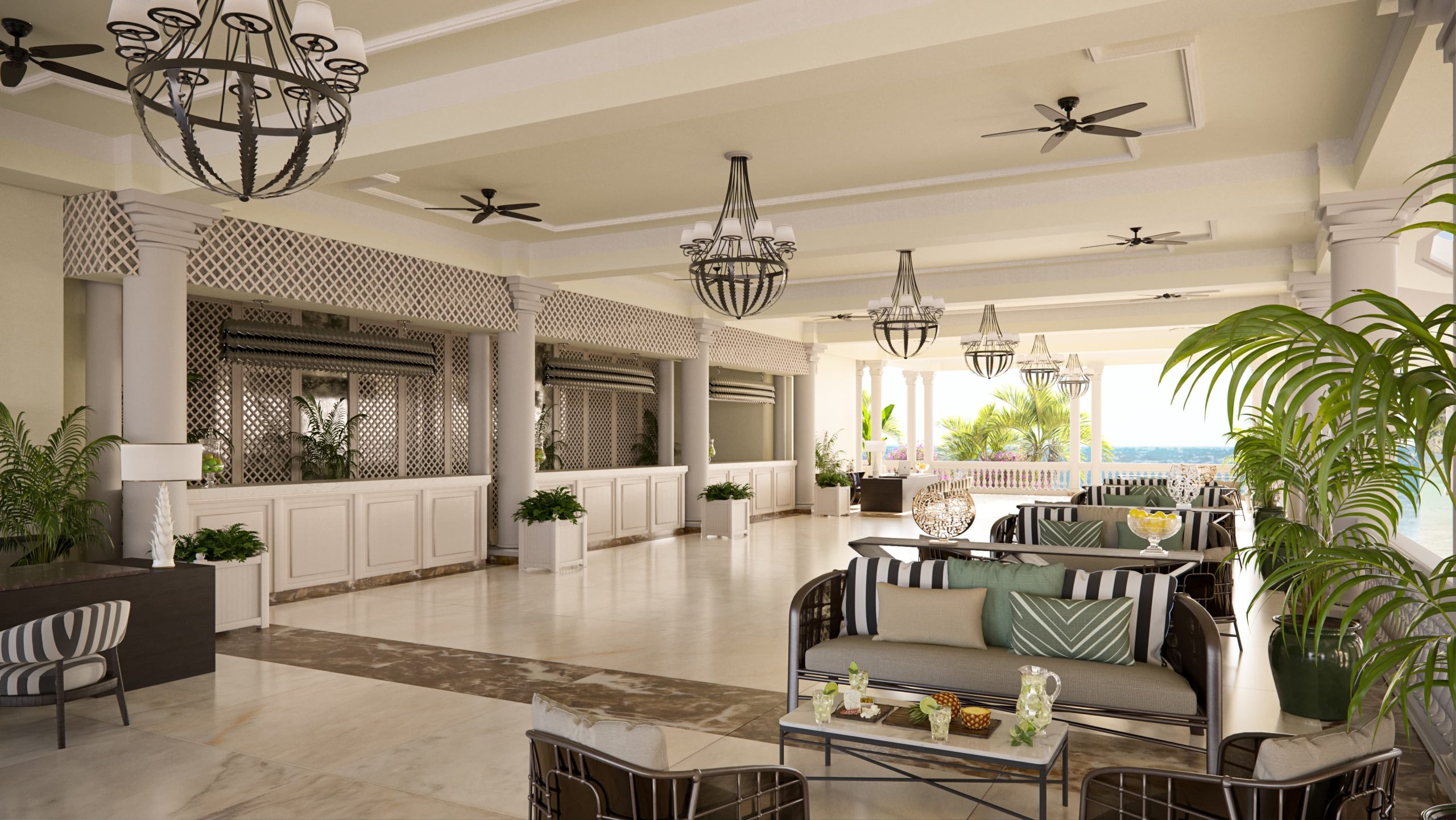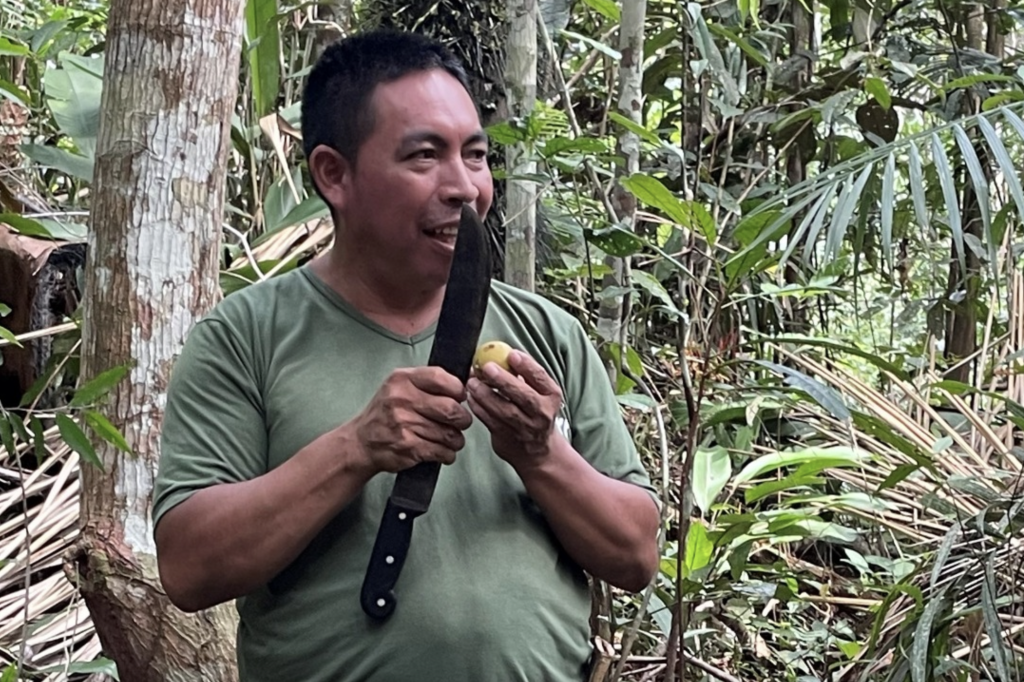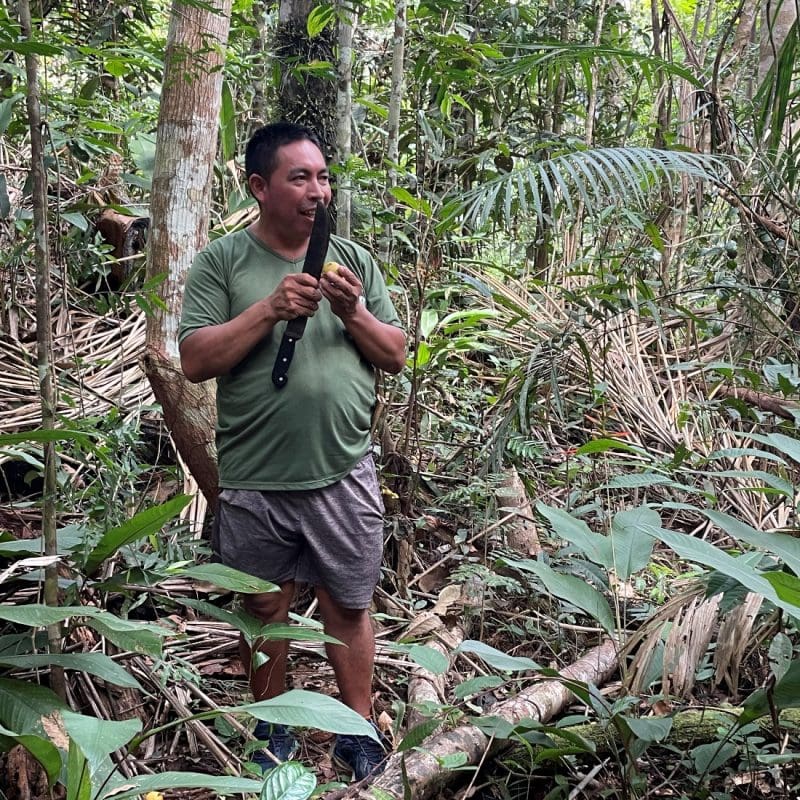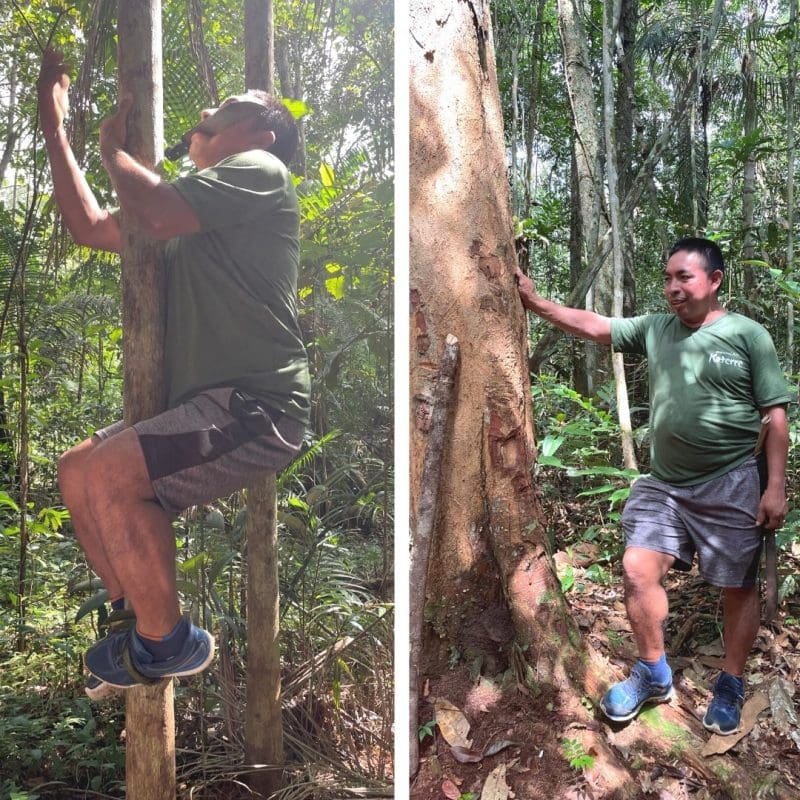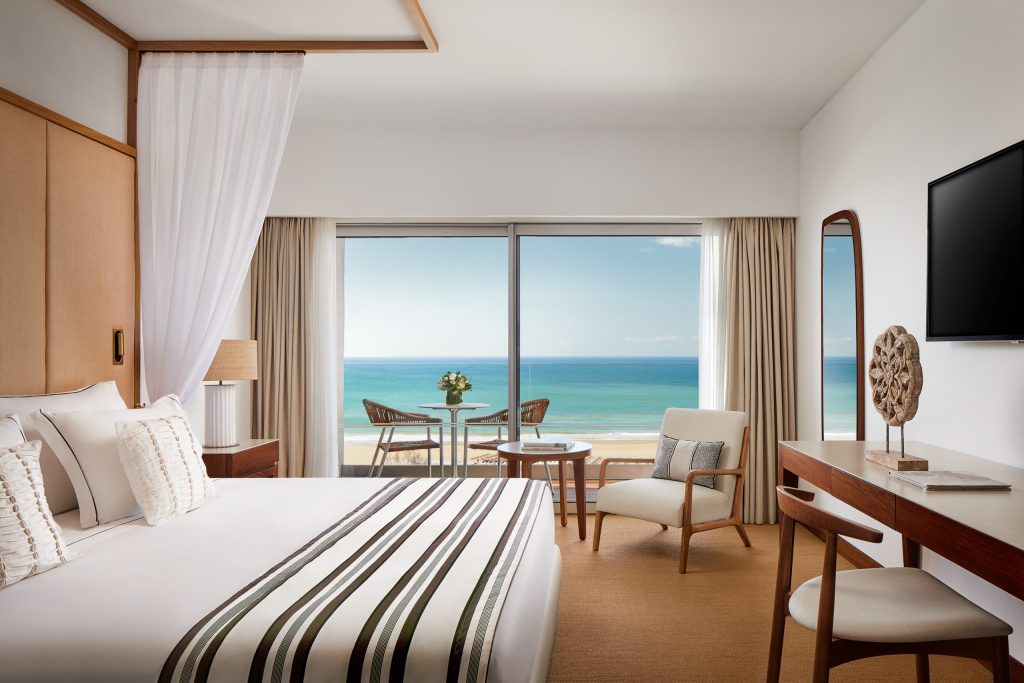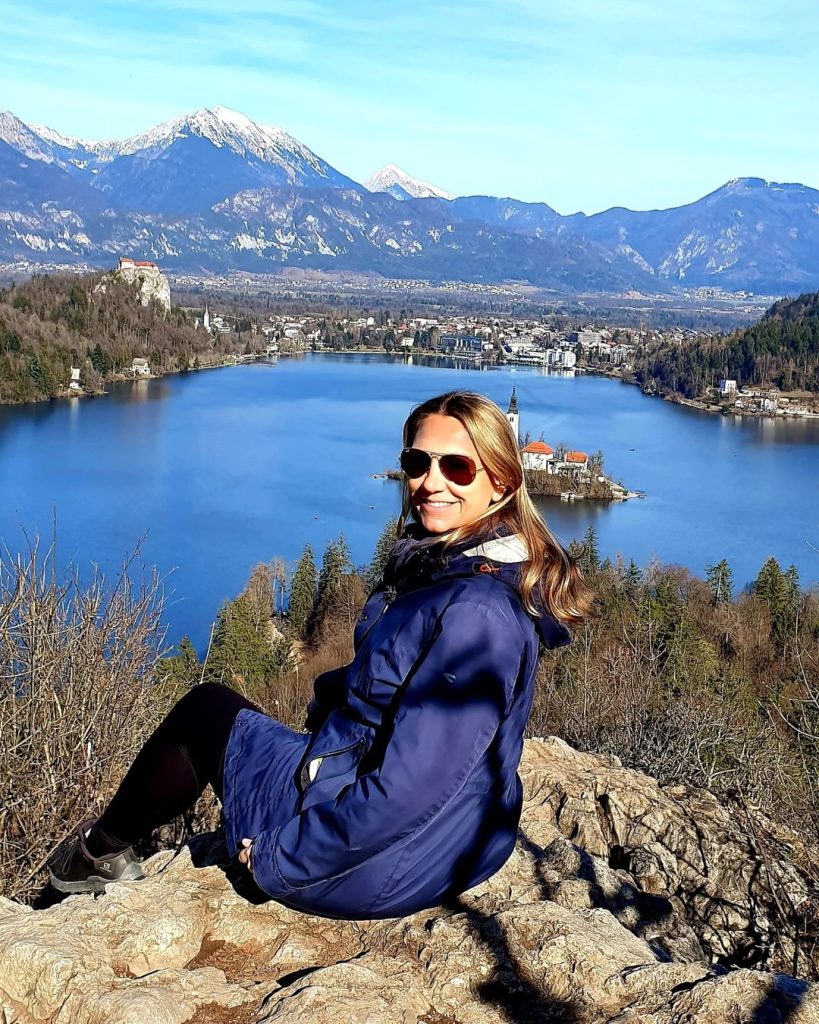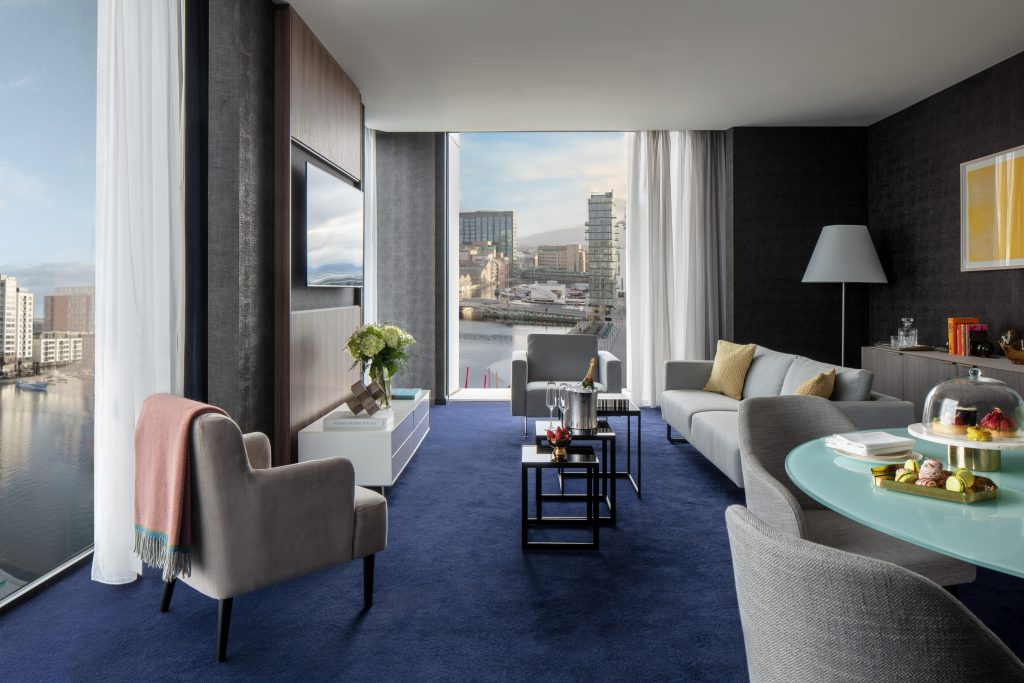
New contemporary city hotel debuts in Dublin

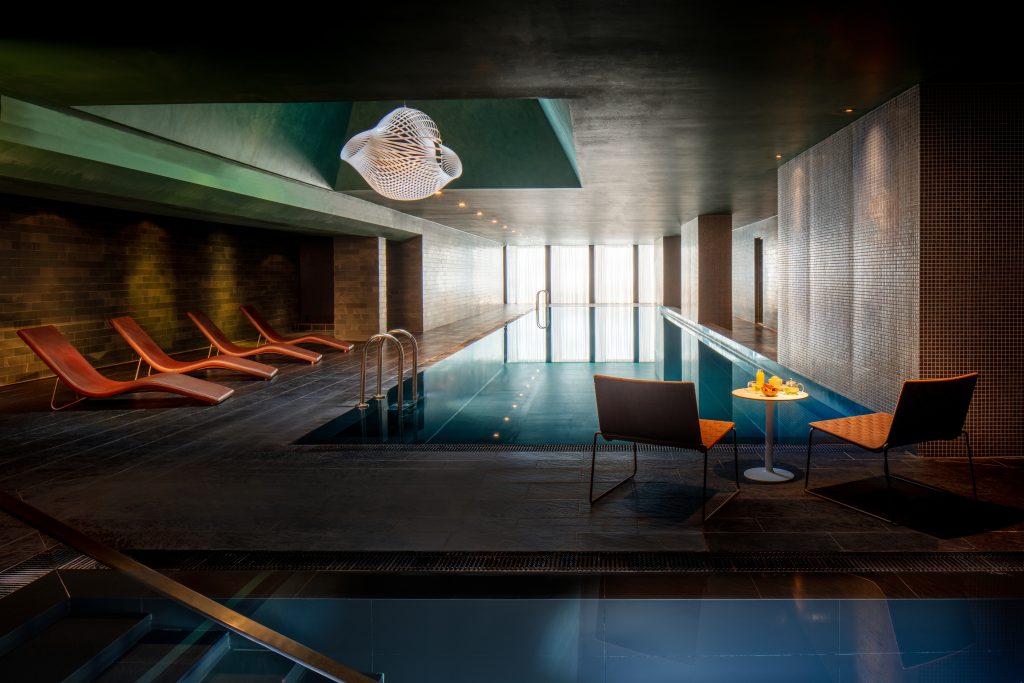
Anantara Hotels, Resorts & Spas will officially make its debut in Ireland with the opening of Anantara The Marker Dublin Hotel.
Previously known as The Marker, a significant renovation has now been completed with a multi-million investment at the iconic Dublin hotel, which is a member of Leading Hotels of the World.
The property is one of the Irish capital’s most contemporary and architecturally impressive buildings and is located in the heart of the Docklands, a stylish and innovative part of the city that is home to some of the world’s most famous names in tech.
About the hotel
The Roche Suite offers 1066 square feet of living space whilst the 990-square-foot Schwartz Suite, named after the square designer, features sweeping Grand Canal Square views. The spacious 1,389 square foot Presidential Suite is located on the fifth floor and boasts unobstructed views of Grand Canal Square offering two en suite bedrooms and separate living spaces.
Services include the Condé Nast award-winning spa, which offers an infinity pool, sauna and eucalyptus-infused steam room alongside a series of new signature Anantara Spa treatments inspired by indigenous Irish ingredients and healing traditions.
A stylish rooftop terrace with stunning panoramic 360º views across the cityscape stretching to the sea at Dublin Bay is the best rooftop in the city.
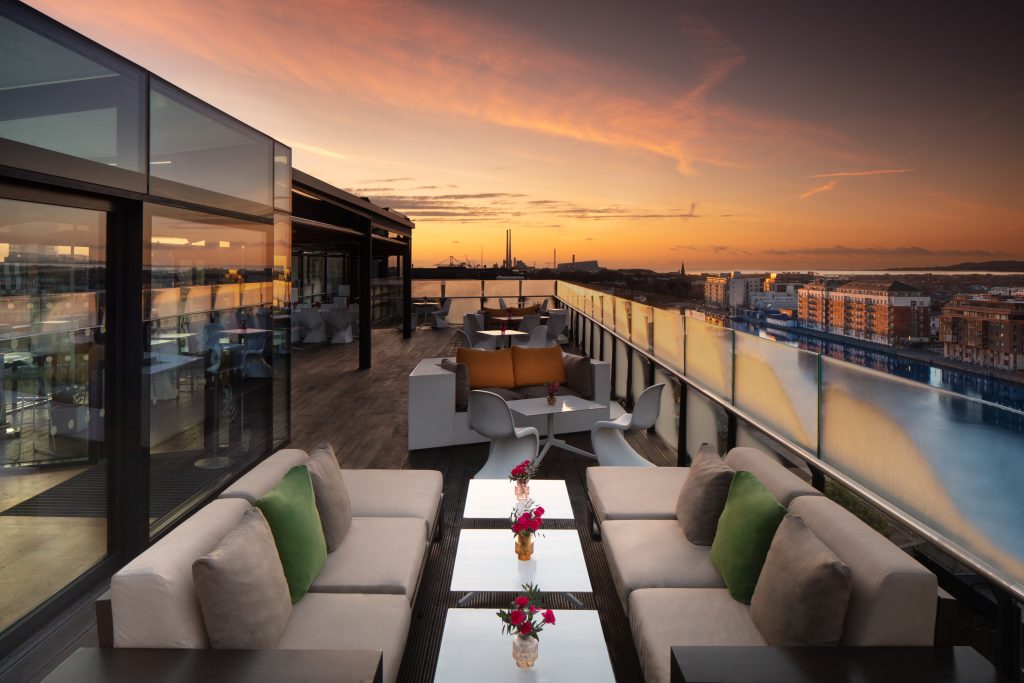
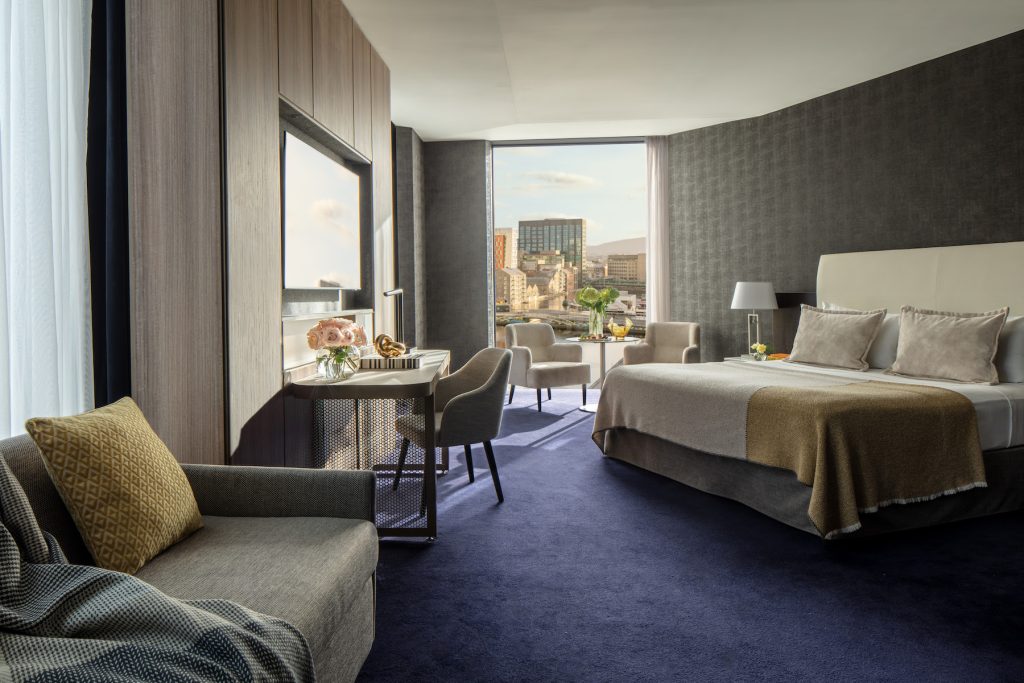
Recent refurbishments
Close to the International Financial Services Centre (IFSC) and the Bord Gáis Energy Theatre, Anantara The Marker Dublin Hotel is a perfect cultural and business epicenter for travellers keen to experience classic Irish hospitality at its best.
Anantara The Marker Dublin Hotel is the only five-star hotel in the area, which has recently emerged as one of the most vibrant, dynamic and modern parts of the city for living, working and socializing.
